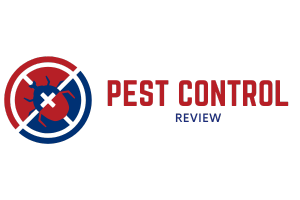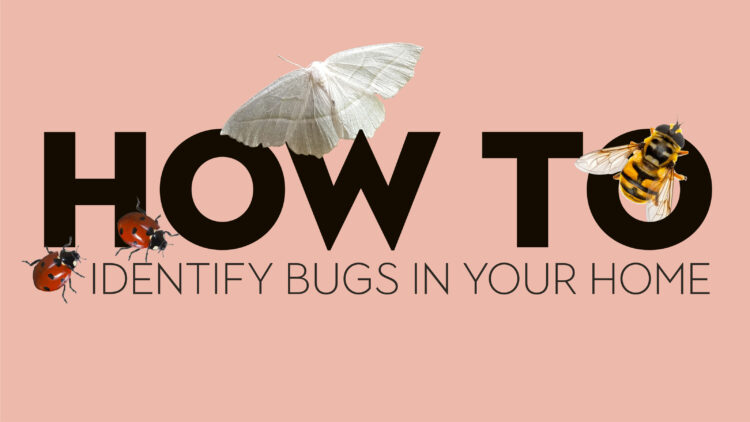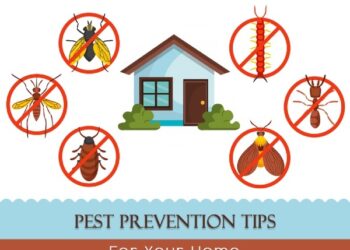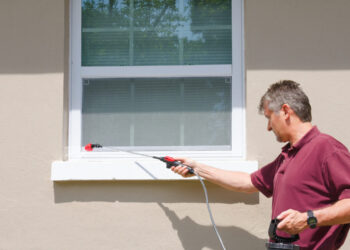Introduction:
Pests have been a major problem for property owners and farmers for centuries. In this article, we will discuss the relationship between pests and property damage, including the types of pests that cause damage, the extent of damage they can cause, and effective ways to control them.
Types of Pests That Cause Property Damage:
There are several types of pests that can cause damage to properties and crops. Some of the most common pests include rodents, termites, ants, cockroaches, bed bugs, and birds. Rodents, such as mice and rats, can cause damage to buildings and furniture by gnawing on wood, wires, and pipes. Termites, on the other hand, can cause structural damage to buildings by eating away at wood and other materials. Ants and cockroaches can also cause damage to buildings by chewing on wires and insulation, while bed bugs can damage furniture and bedding by biting and sucking blood. Birds can also be a problem for farmers as they can eat crops and damage fruits and vegetables.
Extent of Damage Caused by Pests:
Pests can cause significant damage to properties and crops if left unchecked. For example, termites can cause structural damage that can compromise the safety of buildings, while rodents can cause electrical fires by gnawing on wires. Bed bugs can also cause health problems such as skin rashes and allergic reactions. In farms, bird damage can result in significant crop losses, which can lead to financial losses for farmers.
Types of Pests
Pests can be divided into different categories based on their characteristics and behavior. Some of the most common types of pests include insects, rodents, birds, and weeds.
Insects are the most numerous group of pests and can cause significant damage to crops and property. Examples of insect pests include termites, ants, beetles, and caterpillars. They feed on plants and wood, causing physical damage and weakening the structure of buildings and crops.

Rodents, such as rats and mice, are another common type of pest. They can cause damage to property by gnawing on wood, wiring, and other materials. They can also spread diseases to humans and animals.
Birds, such as pigeons and seagulls, can cause damage to property and crops by roosting and nesting in buildings and fields. They can also spread diseases and parasites to humans and animals.
Weeds are another type of pest that can cause damage to crops. They compete with crops for nutrients, water, and sunlight, reducing their yield and quality.

Impact of Pests on Properties
Pests can cause a wide range of damage to properties, including homes, buildings, and other structures. Some of the most common effects of pests on properties include:
Structural Damage: Pests such as termites, carpenter ants, and beetles can weaken the structural integrity of buildings by feeding on wood and other materials.
Damage to Electrical Wiring: Rodents such as rats and mice can chew on electrical wiring, causing electrical fires and other hazards.
Damage to Plumbing: Pests such as rats and mice can damage plumbing by chewing through pipes, leading to leaks and water damage.
Health Hazards: Pests such as rodents and birds can spread diseases and parasites to humans and animals, posing a serious health hazard.
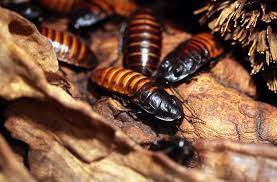
Impact of Pests on Crops
Pests can also cause significant damage to crops, reducing their yield and quality. Some of the most common effects of pests on crops include:
Reduced Yield: Pests such as insects and weeds can compete with crops for nutrients, water, and sunlight, reducing their yield.
Damage to Plant Tissue: Pests such as caterpillars and aphids can feed on plant tissue, causing physical damage and reducing the quality of the crop.
Spread of Disease: Pests such as aphids and whiteflies can spread diseases to crops, reducing their yield and quality
Effective Ways to Control Pests:
Effective pest control is essential for preventing property damage and protecting crops. There are several ways to control pests, including using pesticides, traps, and repellents. Pesticides are chemicals that are used to kill pests, while traps are used to capture them. Repellents, such as essential oils and ultrasonic devices, are used to keep pests away. However, it is important to use these methods safely and responsibly to avoid harming humans and the environment.
Integrated Pest Management (IPM):
Integrated Pest Management (IPM) is an approach that combines various pest control methods to manage pests effectively while minimizing the use of pesticides. The IPM approach involves identifying the pest, monitoring its population, using non-chemical methods such as cultural and mechanical control, and only using pesticides as a last resort. The goal of IPM is to prevent pests from causing damage and reduce the risk of pesticide resistance.

Cultural Control:
Cultural control involves modifying the environment to reduce the population of pests. For example, removing debris and clutter from around buildings can eliminate hiding places for rodents and insects. Proper waste management and sanitation practices can reduce the availability of food and water for pests, making the environment less attractive to them. In farms, crop rotation, planting pest-resistant varieties, and proper irrigation can reduce the incidence and severity of pest infestations.
Mechanical Control:
Mechanical control involves physically removing or excluding pests from the environment. Examples of mechanical control include using traps to capture rodents and insects, sealing cracks and gaps in buildings to prevent their entry, and using bird netting to protect crops from bird damage. Mechanical control methods are effective and have minimal impact on the environment.
Chemical Control:
Chemical control involves using pesticides to kill or repel pests. Pesticides can be used as a standalone control method or in combination with other methods such as cultural and mechanical control. However, the use of pesticides can have negative impacts on human health and the environment. It is important to use pesticides responsibly and follow label instructions to reduce the risk of harm.

Prevention is Key:
Prevention is the most effective way to control pests and reduce the risk of property damage. Property owners and farmers can take several preventive measures, such as sealing cracks and gaps in buildings, using screens on doors and windows, and removing standing water from around buildings. In farms, using crop rotation and planting pest-resistant varieties can prevent pest infestations. Regular inspections and maintenance of buildings and equipment can also help detect and prevent pest problems before they become severe.
Conclusion
Pests can have a significant impact on both properties and crops. Understanding the types of pests and their effects is essential for effective pest management and prevention. It is also important to use the appropriate method of pest control to achieve the desired result while minimizing negative environmental and health impacts.
